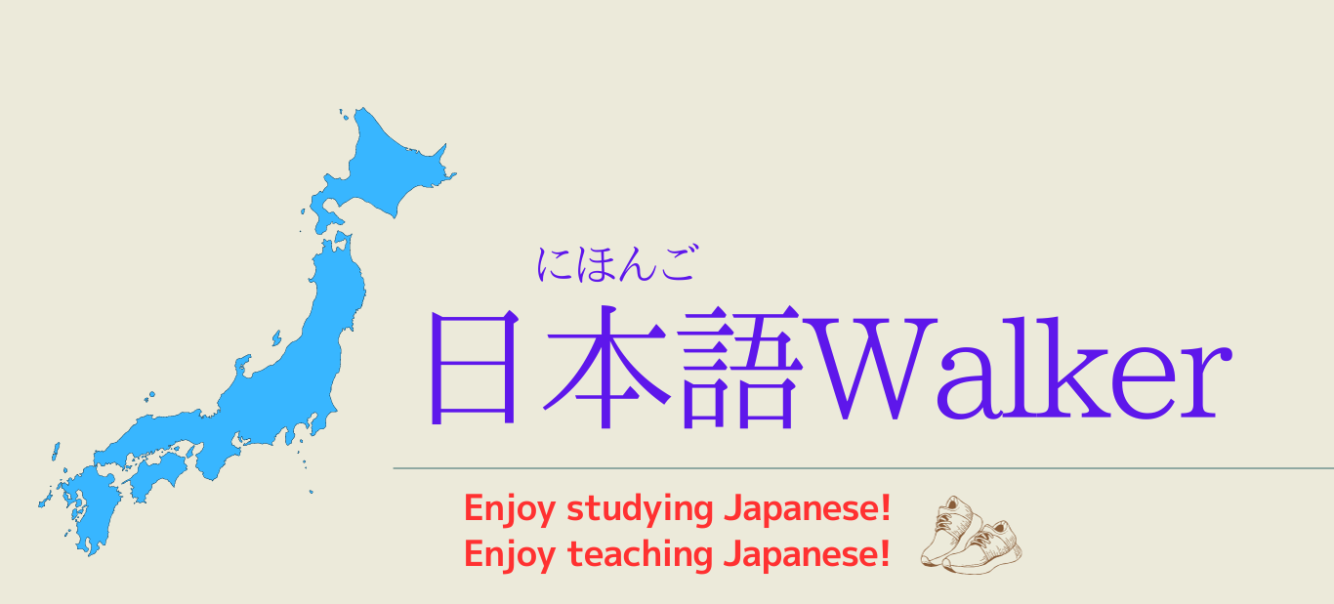音読みと訓読みの違い
日本の漢字には、二種類(2しゅるい)の読み方があります。
「音読み(おんよみ)」と、「訓読み(くんよみ)」です。
| 音読み (おんよみ) | その漢字を読(よ)んでも、日本語としての意味(いみ)が分(わ)からない。 |
| 訓読み (くんよみ) | その漢字を読めば、日本語としての意味が分かる。 (=昔(むかし)から日本にあることば)。 |
例(れい)を出(だ)します。
「青」。この漢字は、音読みすると「セイ」です。「セイ」って・・・何(なん)でしょう?日本語として意味が分かりません。
でも「青」は訓読みすると、「あお」です。「あお」というのは色(いろ)の名前(なまえ)で、blueのことです。つまり、日本語として意味が分かります。
「音読み」は、昔、中国(ちゅうごく)から日本に漢字が入ってきた時(とき)に、文字(もじ)と一緒(いっしょ)に伝(つた)えられた音(おと)を元(もと)にした読み方です。つまり、元々(もともと)は中国語(ちゅうごく)の音です。だから音を聞いても意味が分かりません(というか、日本語ではその音自体(おとじたい)には意味がありません)
対(たい)する「訓読み」は、漢字が日本に入る前(まえ)から日本人が話(はな)していた日本語のことばを、たまたま同じ意味の中国語を表(あらわ)していた漢字に、ムリヤリあてはめることにした読み方です。ですから、声(こえ)に出して読めば、日本語として意味がある言葉(ことば)になるのです。
・・・ちょっと複雑(ふくざつ)な話(はなし)かもしれませんが、読み方のルールを理解(りかい)するために必要(ひつよう)です。
中級以上(ちゅうきゅういじょう)のレベルの学習者(がくしゅうしゃ)は、理解(りかい)しておいたほうがいいと思います。
漢字の読み方のルールについては、こちらの記事をどうぞ。
In kanji, there are two types of readings:「音読み」(おんよみ・on’yomi) and 訓読み(くんよみ・kun’yomi.) ”おんよみ” is one way of reading kanji character, but the meaning isn’t clear as Japanese words. On the other hand, “くんよみ” is a reading way where the meaning in Japanese is clear when you read the kanji. ”くんよみ” is based on the native Japanese words that existed before the introduction of kanji from China.
Let’s take an example: the kanji for “青“. When read in おんよみ, it is pronounced as “せい/Sei.” However, this doesn’t convey its meaning in Japanese. But when read in くんよみ, it is pronounced as “あお/ao,” which is a Japanese word for the color blue. In this case, the meaning becomes clear.
おんよみ readings originated from the Chinese pronunciations associated with the characters when they were brought to Japan. As a result, simply hearing the おんよみ pronunciation doesn’t convey any meanings in Japanese. On the other hand, くんよみ readings were created by assigning Japanese words to Chinese characters which had the same meaning with the Japanese words, allowing them to be read in a way that makes sense in Japanese.
…It might sound a bit complex, but I explained おんよみ and くんよみ because it’s necessary to understand the rules for reading kanji characters.
Please refer to this article for the rules on how to read Kanji.
例外もある!
基本的(きほんてき)には上記(じょうき)の通(とお)りです。
が!
例外(れいがい)は、あります。
たとえば「肉」。これは、「にく」と読む漢字です。flesh/meatという意味(いみ)です。日本語として意味が分(わ)かりますが、音読みです。これは、漢字が中国(ちゅうごく)から入(はい)る以前(いぜん)、日本人にはなかった言葉、概念(がいねん)だったのでしょう。「肉」という漢字とともに、その概念が日本に入り、その後(ご)日本人に、まるで元(もと)からの日本語のように根付(ねづ)いたのだと思います。
このように、音読みでも日本語として意味が分かることばは、あります。
他(ほか)に「茶」(ちゃ)や「胃」(い)なども音読みですが、意味が分かる言葉です。
Basically, it is as described above.
However!
There are exceptions.
For example, “肉” . This is a kanji that is read as “niku” and means “flesh/meat”. It can be understood as a Japanese word, but it is an on’yomi reading. It was probably a word and concept that did not exist for the Japanese before the kanji came from China. Along with the kanji “肉”, the concept entered Japan and then became rooted in the Japanese people as if it were originally a Japanese word.
In this way, there are words that can be understood as Japanese even when they are on’yomi readings.
Other examples include “茶(cya)” (tea) and “胃 (i)”(stomach), which are also on’yomi readings but are words that can be understood.



コメント